
Feature Engineering and Classification Models for
Partial Discharge in Power Transformers
Jonathan Wang
Rice University
Houston, Texas
jw96@rice.edu
Kesheng Wu, Alex Sim
Lawrence Berkeley National
Laboratory
Berkeley, California
kwu@lbl.gov,asim@lbl.gov
Seongwook Hwangbo
Hyundai Electric & Energy
Systems Co., Ltd.
Yongin, Korea
smhwangbo@hyundai-electric.
com
ABSTRACT
To ensure reliability, power transformers are monitored for
partial discharge (PD) events, which are symptoms of trans-
former failure. Since failures can have catastrophic cascading
consequences, it is critical to preempt them as early as possi-
ble. Our goal is to classify PDs as corona,oating,particle, or
void, to gain an understanding of the failure location.
Using phase resolved PD signal data, we create a small set
of features, which can be used to classify PDs with high accu-
racy. This set of features consists of the total magnitude, the
maximum magnitude, and the length of the longest empty
band. These features represent the entire signal and not just
a single phase, so the feature set has a xed size and is easily
comprehensible. With both Random Forest and SVM clas-
sication methods, we attain a 99% classication accuracy,
which is signicantly higher than classication using phase
based feature sets such as phase magnitude. Furthermore, we
develop a stacking ensemble to combine several classica-
tion models, resulting in a superior model that outperforms
existing methods in both accuracy and variance.
ACM Reference Format:
Jonathan Wang, Kesheng Wu, Alex Sim, and Seongwook Hwangbo.
2022. Feature Engineering and Classication Models for Partial
Discharge in Power Transformers. In Proceedings of Published at
ICML Workshop for Deep Learning for Safety-Critical in Engineering
Systems (DISE@ICML). ACM, New York, NY, USA, 7 pages. https:
//doi.org/10.1145/nnnnnnn.nnnnnnn
Permission to make digital or hard copies of all or part of this work for
personal or classroom use is granted without fee provided that copies are not
made or distributed for prot or commercial advantage and that copies bear
this notice and the full citation on the rst page. Copyrights for components
of this work owned by others than ACM must be honored. Abstracting with
credit is permitted. To copy otherwise, or republish, to post on servers or to
redistribute to lists, requires prior specic permission and/or a fee. Request
permissions from permissions@acm.org.
DISE@ICML, July 2018, Stockholm, Sweden
©2022 Association for Computing Machinery.
ACM ISBN 978-x-xxxx-xxxx-x/YY/MM. . . $15.00
https://doi.org/10.1145/nnnnnnn.nnnnnnn
1 INTRODUCTION
Power transformers are a key element of electric power in-
frastructures. While they have become more reliable, trans-
formers are still susceptible to failure, which has severe
consequences for both operators and users. To detect and
prevent such failures within the large and complex power
transformers, extensive online diagnostic systems have been
developed [
2
]. This work focuses on analyzing data produced
from one such systems to gain information about the failure.
Insulation failure is the most frequent cause of transformer
failure [
12
]. Weakness in the insulation system makes trans-
formers susceptible to external events such as lightning
strikes, switching transients, and short-circuits. If the trans-
former insulation degrades to the point that it cannot with-
stand system events such as short-circuit faults or transient
over-voltages [
11
], an internal arcing event known as partial
discharge (PD) can occur. As such, detecting PD events would
alert transformer operators of imminent transformer failure.
Such measures could also protect other equipment connected
to the transformers, such as Gas Insulation Switchgear (GIS)
and switchboards in the substation, which are also expensive
components of the electric power grid.
Certain types of PD are correlated with dierent parts of
the transformer. For example, in some transformers, corona
PDs are located in the transformer bushing or insulation
material. Therefore, determining the type of PD provides
a rough location for the PD source. Machine classication
is a very useful way to resolve transformer problems early
on, and can be used by transformer operators to determine
whether to halt transformer operation, all without the need
for careful examination by engineers. By classifying the PD,
we narrow down the location of the PD. We can then install
UHF sensors around the rough position to collect PD signals
to identify the precise position of the PD for repair.
In this paper, we consider four types of PDs - corona,oat-
ing,particle, and void, with the goal of analyzing PD signal
data to identify what type of PD is present. The data we
examine is phase resolved, meaning it is divided into cy-
cles of a number of phases. Our data samples consist of 3840
arXiv:2210.12216v1 [cs.LG] 21 Oct 2022
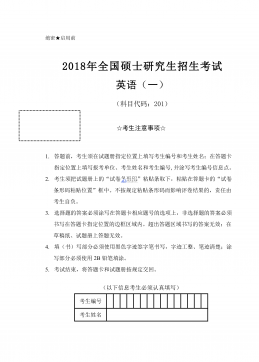
 2024-12-02 1
2024-12-02 1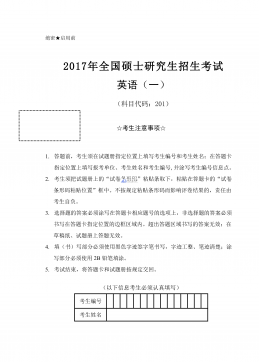
 2024-12-02 1
2024-12-02 1
 2024-12-02 1
2024-12-02 1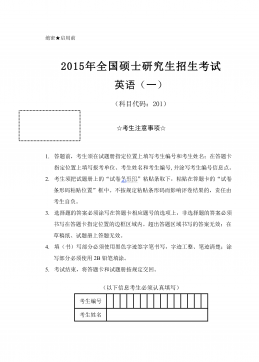
 2024-12-02 1
2024-12-02 1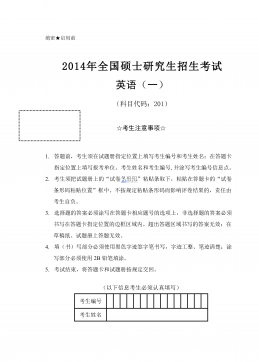
 2024-12-02 1
2024-12-02 1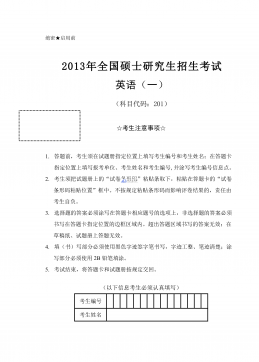
 2024-12-02 2
2024-12-02 2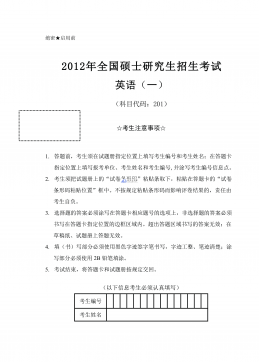
 2024-12-02 1
2024-12-02 1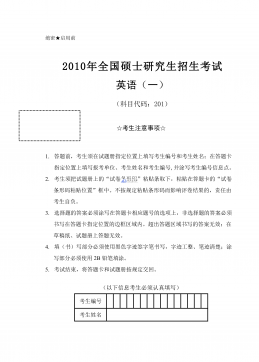
 2024-12-02 13
2024-12-02 13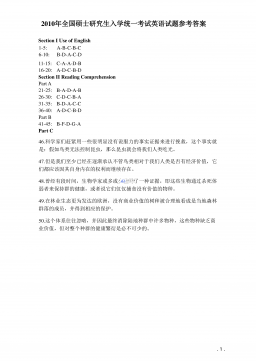
 2024-12-02 2
2024-12-02 2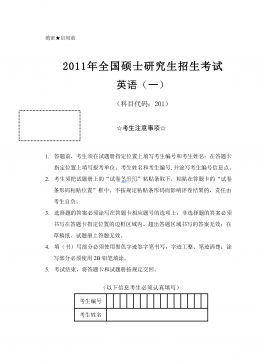
 2024-12-02 6
2024-12-02 6






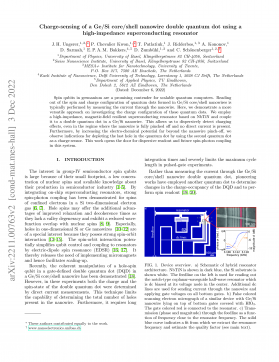
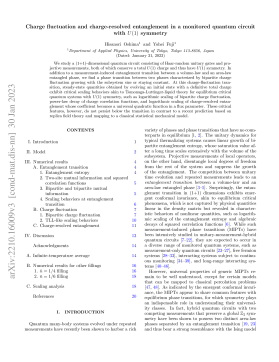
 渝公网安备50010702506394
渝公网安备50010702506394
